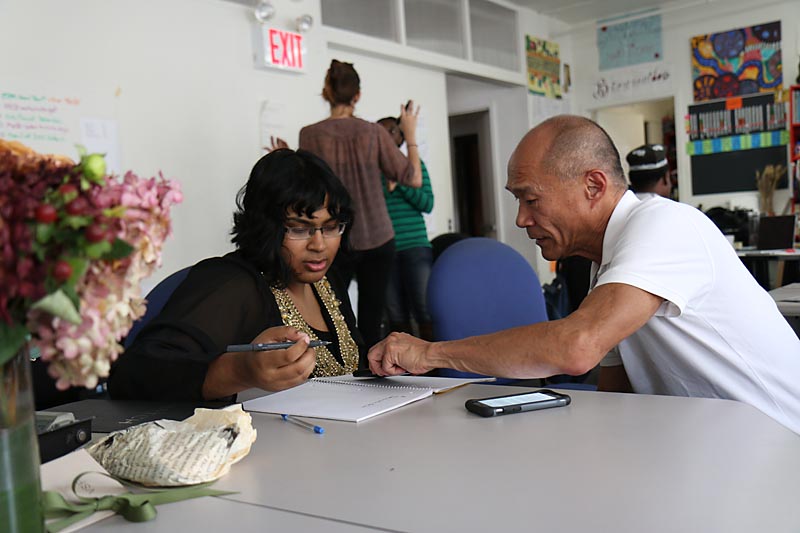Tensions about politics, race, sports teams, and ethics fill the headlines, no matter where you look.
We see anger and violence more and more frequently in our culture. Most lump anger and violence together, but this shouldn’t be the case because the two are very different. Let’s define each:

Anger is an emotion that motivates and energizes us to act. In its purest form, it’s a feeling that lets us know that something in our environment isn’t right and needs to be changed. It’s a natural response that comes from our survival instinct. Everyone feels anger.
Anger (n) the feeling people get when something unfair, painful or bad happens.
Cambridge Dictionary
Violence is a behavior that intentionally causes harm to someone or something. It often stems from anger, but because it requires choice, violence is separate from anger.
Violence (n) the use of physical force so as to injure, abuse, damage, or destroy; intense, turbulent, or furious and often destructive action or force.
Merriam Webster
Most psychologists agree that anger is a natural response, but violence is an active choice.
Unfortunately, many people use anger as an excuse to behave violently. Violence shows up in a variety of ways, from emotional or verbal to physical or sexual. (It’s important to understand that violence doesn’t need anger to fuel it. A person can act violently without first becoming angry.) Individuals can become trapped in a domestic violence relationship, and it’s difficult to escape.
Productive Uses for Anger
A few well-known people have used their anger to start reformations. Martin Luther King and Mahatma Gandhi both focused their anger in a way that benefitted the entire world. More recently, the Woman’s March and the student walkouts for climate change are peaceful demonstrations that have their root in anger.

Anger can be a force for constructive behavior just as it can be a force for destructive behavior. For example, let’s say a child gets a bad grade on his test. He is angry about his grade. He can use anger as a motivator to study better or as a motivator to slam the door. Whatever decision he makes, the action is a choice. When well-managed, anger can be used positively. When it’s not well-managed, anger can lead to violence.
Well-Known National Resources
If you find that you or someone you love is in a relationship that has moved from anger to violence, seek help.
- National Domestic Violence Hotline: For anonymous, confidential help available 24/7, call 1-800-799-7233 (SAFE) or 1-800-787-3224.
- Love is Respect – National Teen Dating Abuse Hotline: For 24/7 help, call 1 (866) 331 – 9474. Text: 22522
- The StrongHearts Native Helpline: A safe, anonymous, and confidential service for Native Americans experiencing domestic violence and dating violence call 1 (844) 762 – 8483. Available Monday through Friday, 9:00am to 5:30pm CST via phone.
- Gay, Lesbian, Bisexual and Transgender National Hotline: This hotline serves gay, lesbian, bisexual, transgender, and questioning people by providing free and confidential peer support and local resources. Call 1 (888) 843 – 4564 or their Youth Talkline at 1 (800) 246 – 7743.
Stem the Tide of Violence
What can we do to stem the tide towards violence?
- It’s important to separate our angry feelings from violent behavior.
- We won’t always agree with those around us 100%. In fact, it’s rare that we agree on all points, even with our loved ones! As a result, we can learn to have civil conversations that stem from respect.
- We can grow our empathy muscle through continual use.
- Gratitude and anger can’t coexist, so we can practice gratitude daily.
- We can learn to build better families through teamwork and healthy goal-setting.

These tools and practices can help us lead lives in which anger is productive and non-violent. Our commitment to these practices and to healthy boundaries can make a dramatic shift in the way we interact with the people around us.





